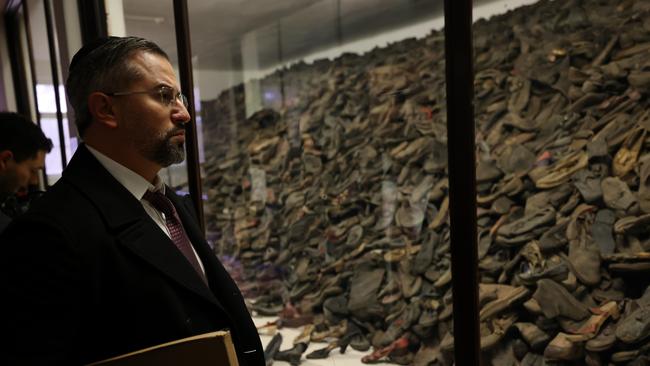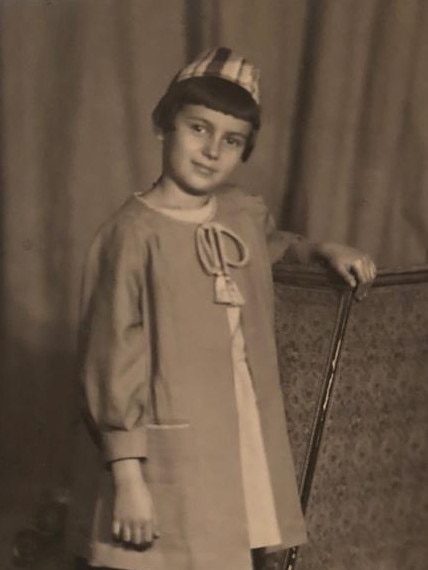Race to save reminders of Nazis’ child victims
Israeli-Australian businessman Eitan Neishlos has agreed to be the lead donor to conserve the 8000 shoes of murdered children left behind by the Nazis at Auschwitz-Birkenau.

Israeli-Australian businessman Eitan Neishlos has agreed to be the lead donor to conserve some of the most precious items of WWII: the 8000 shoes of murdered children, left behind by the Nazis at Auschwitz-Birkenau.
Mr Neishlos said the decision to give seed money for the campaign to save the deteriorating shoes, recently launched by the Auschwitz-Birkenau Foundation and International March of the Living, was an easy one for he immediately thought of his grandmother Tamara, a Holocaust survivor.
Mr Neishlos’s foundation, set up from his fin-tech business activities, is focused on keeping alive the memory of the Holocaust to fight anti-Semitism.
He told The Australian: “These are the children’s shoes left behind by the Nazis, because they didn’t have time (as the war was nearing its end) to ship these things over to Germany … And so 8000 shoes remained, even though more than 230,000 children were murdered at Auschwitz.”
When Mr Neishlos went to Auschwitz recently with two of the camp survivors, Arie Pinsker and Bogdan Barnikowski, to launch the shoe restoration project Soul to Sole, he had with him the brown box in which his grandmother Tamara Kantorovich had stored an elegantly written memoir of how she survived.
He had only discovered its contents when, as Deputy and Director of the NSW Jewish Board of Deputies he asked his mother for more detail of his family connection to prepare for a speech on Holocaust Remembrance Day.
Mr Neishlos said his grandmother was saved by a Christian family, the Khodosevichs. The rest of her family, along with thousands of others, had been taken to a forest in Belarus and executed.

“They were brave enough to take her in and they hid her from the Nazis,” he said.
“And my grandmother writes about when the Nazis would come and knock on the door and she would be hiding inside the chimney covered in dust and insects.
“And she would be so scared that she would literally lose her voice and her ability to talk for months. She was completely, completely traumatised.”
Mr Neishlos said others also helped his grandmother, including at a labour camp, but that she never wanted to reveal their identities because she feared they may suffer for helping a Jew.
Peotr and Yanina Khodosevich and their infant daughter Antonina were later arrested and executed They were commemorated at Yad Vashem as Righteous Among the Nations.
At Auschwitz-Birkenau Arie Pinsker, now 92, was only one of four survivors of 1000 children quarantined for an horrific experiment to see how long they could survive on the smallest of rations.
He started crying when he saw the shoes because, “I think that perhaps my sister’s shoes are here too”.
Mr Pinsker’s six younger siblings died with his parents when they were taken to the gas chambers immediately upon arriving at the camp from Transylvania. Mr Pinsker, at the time aged 13, only survived because he lost sight of his parents and ran after his older brother who was in a different line.
Mr Neishlos said the restoration project would not only conserve the shoes for future generations to help them understand the Holocaust – but also help uncover some of the identities of the children.
Donations to help conserve the shoes can be made at motl.org/soultosole/




To join the conversation, please log in. Don't have an account? Register
Join the conversation, you are commenting as Logout